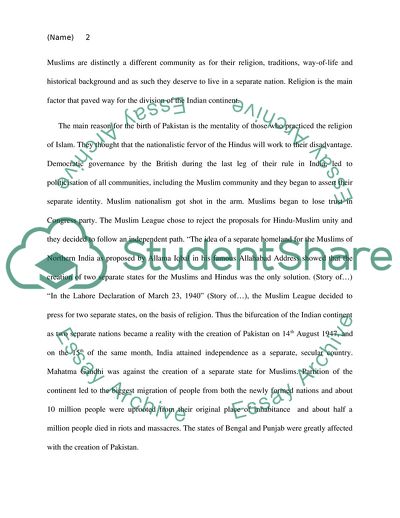Cite this document
(The Birth of Pakistan Assignment Example | Topics and Well Written Essays - 2500 words - 1, n.d.)
The Birth of Pakistan Assignment Example | Topics and Well Written Essays - 2500 words - 1. https://studentshare.org/history/1850671-india
The Birth of Pakistan Assignment Example | Topics and Well Written Essays - 2500 words - 1. https://studentshare.org/history/1850671-india
(The Birth of Pakistan Assignment Example | Topics and Well Written Essays - 2500 Words - 1)
The Birth of Pakistan Assignment Example | Topics and Well Written Essays - 2500 Words - 1. https://studentshare.org/history/1850671-india.
The Birth of Pakistan Assignment Example | Topics and Well Written Essays - 2500 Words - 1. https://studentshare.org/history/1850671-india.
“The Birth of Pakistan Assignment Example | Topics and Well Written Essays - 2500 Words - 1”. https://studentshare.org/history/1850671-india.


